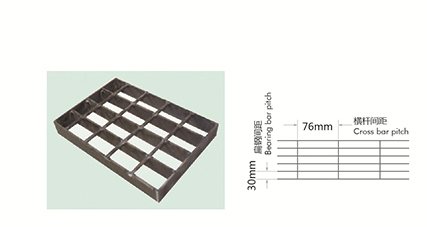Acoustic Fencing Does It Work?
As urban areas continue to grow, the prevalence of noise pollution has become a significant concern for residents. From traffic sounds to construction noise, there is an increasing demand for effective noise mitigation solutions. One of these solutions that has gained attention in recent years is acoustic fencing. But does acoustic fencing really work? Let's delve into its effectiveness, design, and potential applications.
Understanding Acoustic Fencing
Acoustic fencing is a specially designed barrier made to reduce noise transmission from one area to another. These structures are often constructed from materials that have sound-absorbing properties, such as wood, vinyl, or engineered composites. Unlike standard fences, which may only provide a visual barrier, acoustic fences aim to create a significant reduction in noise levels by blocking and reflecting sound waves.
How Acoustic Fencing Works
The effectiveness of acoustic fencing is based on several principles of sound attenuation. Sound waves can travel through air and solid materials, but the way they interact with different surfaces determines how much of that sound is absorbed, reflected, or transmitted. Acoustic fences are typically high and dense, which helps block the direct path of sound waves. Furthermore, the materials used in their construction can dampen sound vibrations, effectively reducing the overall noise level.
The installation angle, height, and material composition are crucial factors that contribute to the performance of acoustic fencing. Ideally, an acoustic fence should be taller than the noise source and should also be positioned as close as possible to the sound-producing activity to optimize sound absorption.
Performance and Effectiveness
Studies have shown that acoustic fencing can indeed reduce noise levels significantly. Depending on the design and materials used, these fences can lower noise levels by anywhere from 5 to 15 decibels. For context, a reduction of 10 decibels is perceived by humans as halving the noise level. This means that, for residences near busy roads or construction sites, the benefits of installing an acoustic fence can be substantial.
acoustic fencing does it work

However, it is important to note that while acoustic fencing can be effective, it is not a silver bullet. The extent of its effectiveness can vary depending on factors such as the frequency of the sound, the distance from the source, and environmental conditions like wind and vegetation that can affect sound travel.
Applications of Acoustic Fencing
Acoustic fencing is increasingly being used in various applications. Residential areas close to highways often install these barriers to create a quieter living environment. They are also used in commercial settings, such as near entertainment venues or industrial areas, where noise levels can disrupt nearby communities.
In addition, acoustic fencing can serve aesthetic purposes. Manufacturers are creating visually appealing designs that blend in with the environment, allowing for noise reduction without compromising the visual appeal of the surroundings.
Limitations and Considerations
While acoustic fencing presents a promising solution, it is essential to consider potential limitations. The installation of such fences can be costly, and proper maintenance is necessary to ensure their continued effectiveness over time. Furthermore, for larger noise issues, such as those generated from airports or heavy industrial sites, more extensive solutions, including noise barriers or modifications to the noise source itself, may be required.
Conclusion
In conclusion, acoustic fencing is a viable option for reducing noise pollution in many settings. By blocking and absorbing sound waves, these barriers can significantly improve the quality of life for individuals living in noisy environments. While they may not eliminate noise entirely, they can offer a practical approach to managing sound levels effectively. As urban development continues to expand, the role of acoustic fencing in creating quieter, more pleasant living spaces will likely become increasingly important.
-
Why Galvanized Trench Cover Steel Grating Resists Corrosion
NewsJul.10,2025
-
The Versatility and Strength of Stainless Expanded Metal Mesh
NewsJul.10,2025
-
Load Calculations in Steel Grating Platforms
NewsJul.10,2025
-
Keeping Pets and Kids Safe with Chicken Wire Deck Railing
NewsJul.10,2025
-
Hole Diameter and Pitch for Round Perforated Metal Sheets
NewsJul.10,2025
-
Aluminium Diamond Mesh in Modern Architecture
NewsJul.10,2025
Subscribe now!
Stay up to date with the latest on Fry Steeland industry news.

